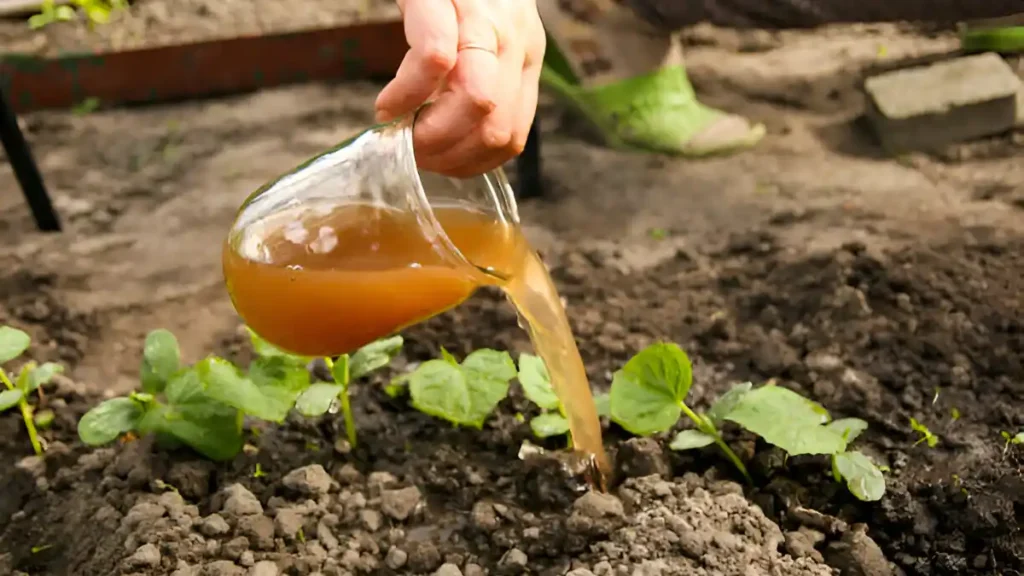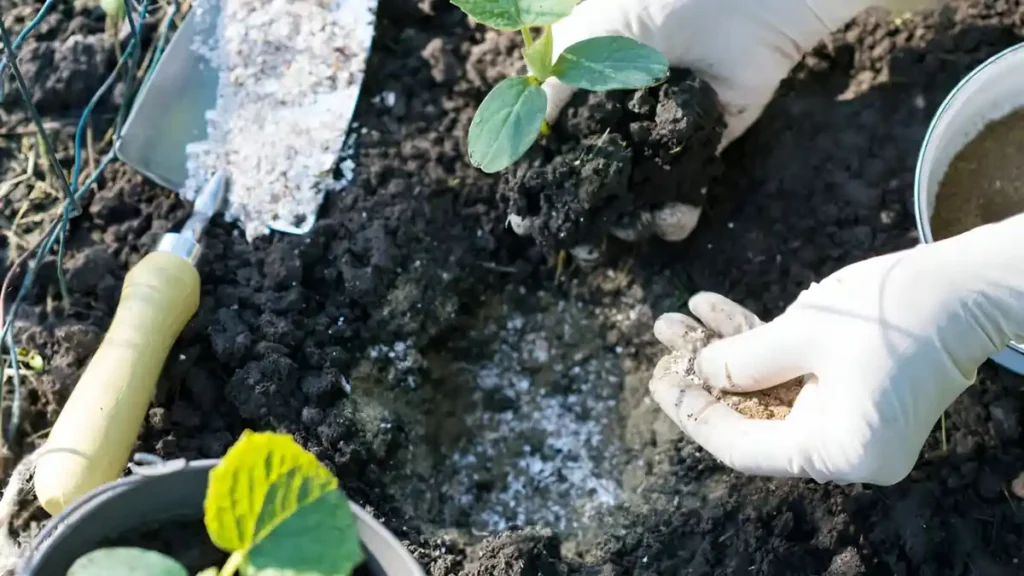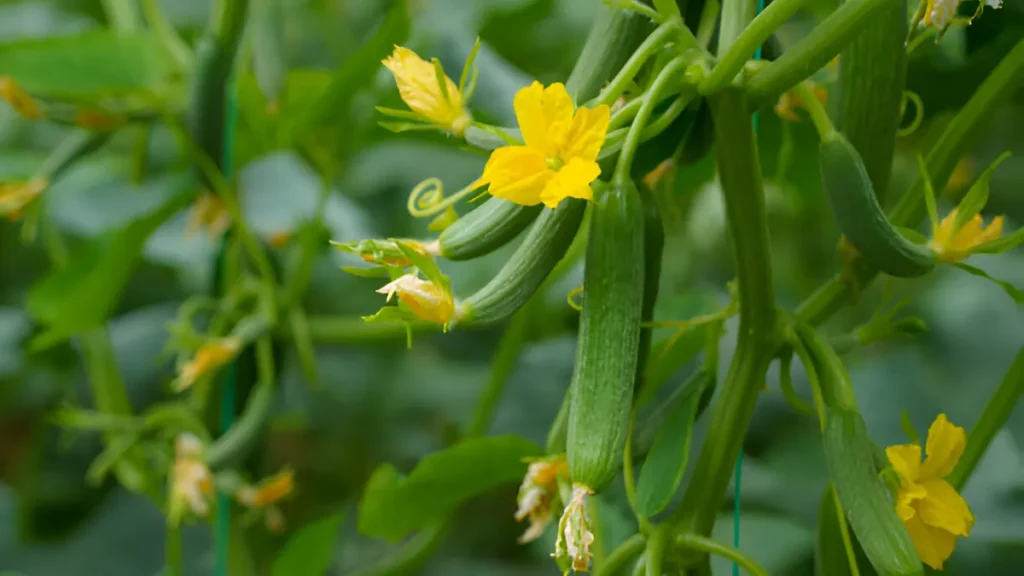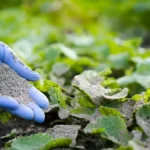Cucumbers are a delightful plant to grow and produce crisp, fresh fruits that are great for pickling, salads, and snacking. However, adequate fertilization is necessary to guarantee that your cucumber plants flourish and yield a plentiful harvest. This tutorial teaches you the exact fertilization techniques needed to create robust, fruitful cucumber plants
Recognizing the Nutritional Requirements of Cucumbers
Because they are heavy feeders, cucumbers need a steady supply of nutrients to support their growth. Cucumbers require three main nutrients, which are:
- Nitrogen (N): Encourages robust vine and leaf development.
- Phosphorus (P): Necessary for fruit production and root development.
- Potassium (K): Essential for fruit quality, disease resistance, and general plant health.
Step-by-step tips on how to fertilize cucumber plants
1. Soil preparation:
To find out the pH and nutrient levels in the soil, do a test. A slightly acidic to neutral pH (6.0 to 7.0) is preferred by cucumbers. Add organic matter, such as compost or well-rotted manure, to the soil by the findings of the soil test. Fertility and soil structure are enhanced by this. This gives a slow-release supply of nutrients and enhances drainage and soil structure.
2. The first fertilization:
Before planting, work a slow-releasing, balanced granular fertilizer into the soil. The optimal fertilizer has an N-P-K ratio of 5-10-10 or 10-10-10. Apply at the rates recommended by the manufacturer, which are typically one to two pounds per 100 square feet. To make sure the young plants easily absorb the fertilizer, mix it into the top 6 inches of soil.
3. Planting and the first stage of growth:
Use a high-phosphorus starter fertilizer solution before planting to encourage robust root development. You can use a liquid fertilizer with a high middle number (5-10-5) for example. Apply it to the base of every plant after mixing it with water as instructed.

4. Stage of early growth:
Change to a fertilizer high in nitrogen once the seedlings have emerged and produced their first genuine set of leaves to encourage rapid vegetative growth. Make use of a greater nitrogen content water-soluble fertilizer (such as 20-10-10). Use this at the suggested dilution rates every two weeks.
5. Pre-flowering stage:
Reduce the nitrogen levels and boost the potassium and phosphorus levels when the plants form buds. For optimal results, encourage the transition from leaf growth to flowering and fruit set with a balanced fertilizer such as 10-20-20 or 5-10-10. Implement this fertilizer biweekly.
6. Fertilizing cucumber plants during the fruit growth stage:
When the first cucumbers appear, move to a high-potassium fertilizer (5-10-15, for example). At this point, potassium is essential for improving fruit size, flavor, and general plant health. Till the end of the growing season, keep applying this fertilizer every two weeks.
7. Continuous care:
Keep a close eye out for any indications of nutrient deficits in your plants. Lack of nitrogen can be indicated by yellowing leaves, and deficiencies in potassium or phosphorus may be indicated by poor fruit growth. Adapt your fertilization schedule appropriately.
8. Natural substitutes:
If you are an organic gardener, you might choose to use fish emulsion, seaweed extract, or compost tea as fertilizers. Over time, these organic solutions can enhance soil health by supplying a balanced supply of nutrients. Apply compost tea as a soil drench or foliar spray to add microbes and nutrients. Use fish emulsion as a soil drench or foliar feed every two to three weeks. It encourages healthy foliage and has a high nitrogen content. Growth hormones and trace minerals can be found in seaweed extract. Every two to three weeks, apply it as a soil drench or foliar spray.

Conclusion:
Early growth of robust cucumber plants requires well-prepared soil that has been supplemented with organic materials. Plant with a balanced fertilizer, give regular irrigation, and keep an eye on the health of your plants to make necessary adjustments to your fertilization schedule. A good crop of cucumbers depends on proper fertilization of the plants. You can guarantee that your cucumber plants get the proper nutrients at the right times, resulting in rapid development and plentiful fruit production, by paying attention to these detailed instructions.
Certainly! If you’d like to learn more, please consider following our WhatsApp Channel: Harvest Gardening
A frequently asked questions:
Q1: When to fertilize cucumber plants?
A1: When establishing cucumber plants, fertilize them with a balanced fertilizer. Later, when the plants start to flower and produce fruit, add more fertilizer. During the early phases of growth, apply a high-nitrogen fertilizer; during flowering and fruiting, switch to a high-potassium fertilizer.
Q2: How to prune cucumber plants?
A2: To increase air circulation and fruit production on cucumber plants, prune by removing any lateral shoots and suckers that emerge from the main stem, paying particular attention to the lower half of the plant. Cut off any sick or yellowing leaves as well.




1 Comment
Pingback: Get Growing! Fastest Growing Vegetables for Your Garden Success